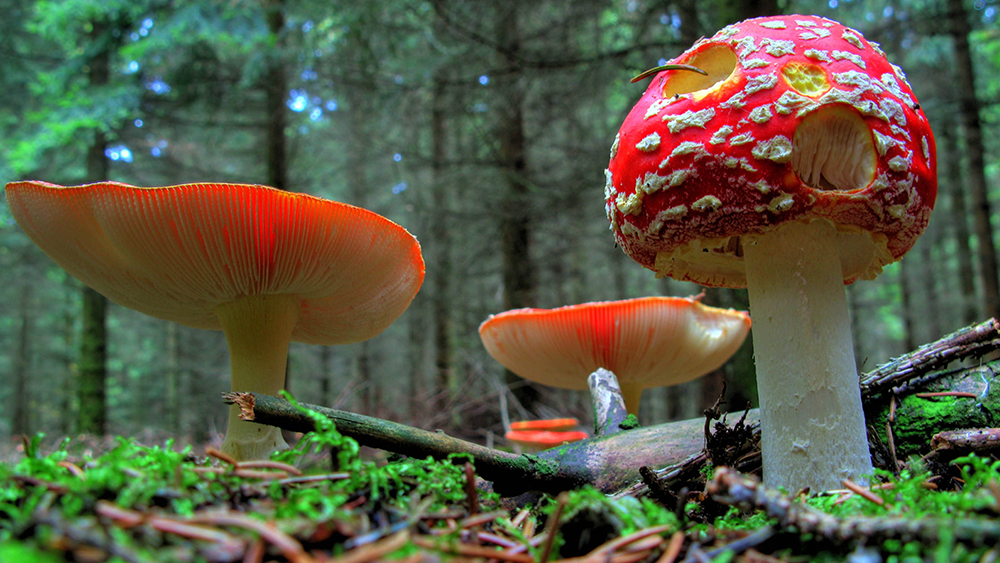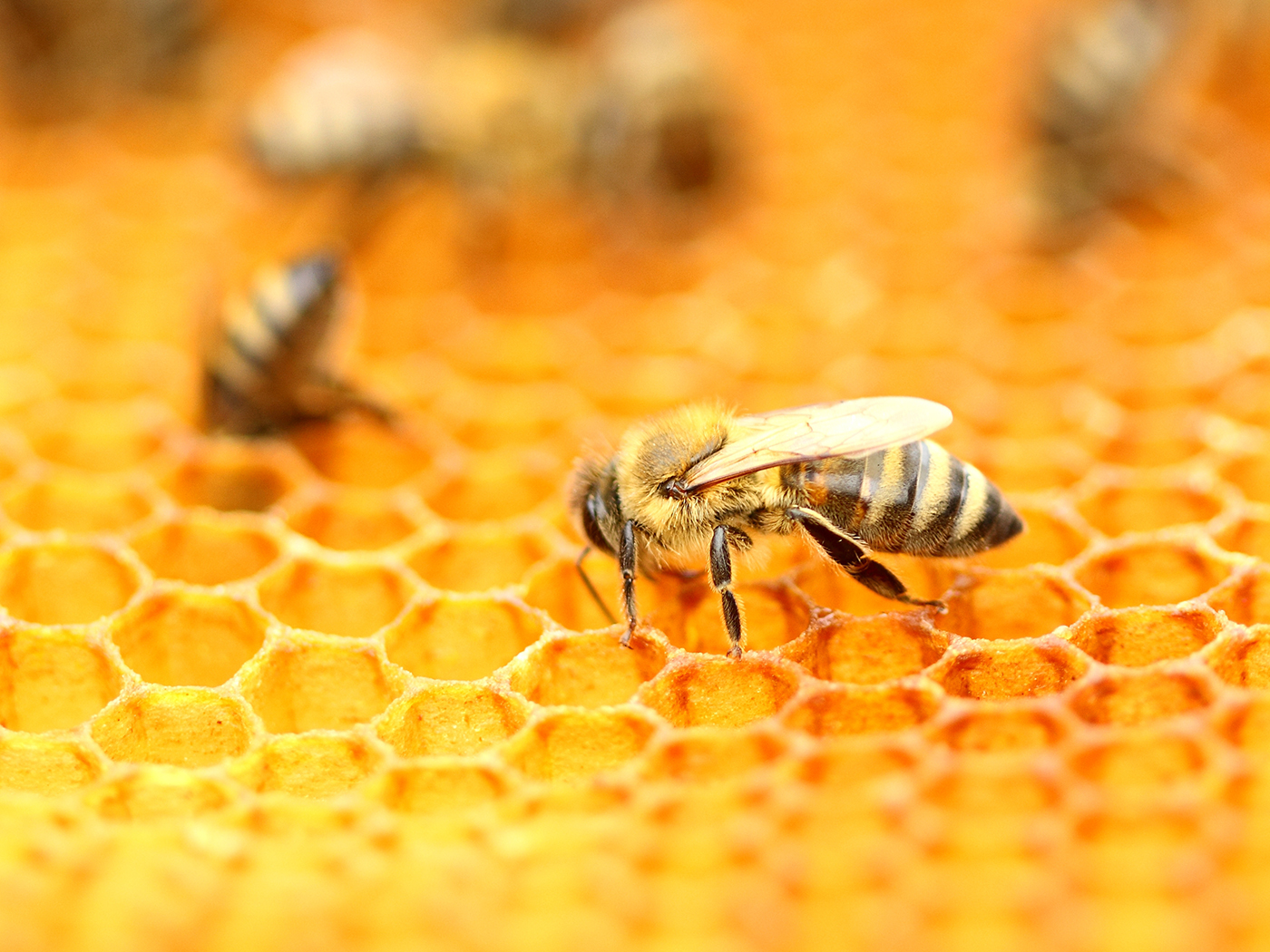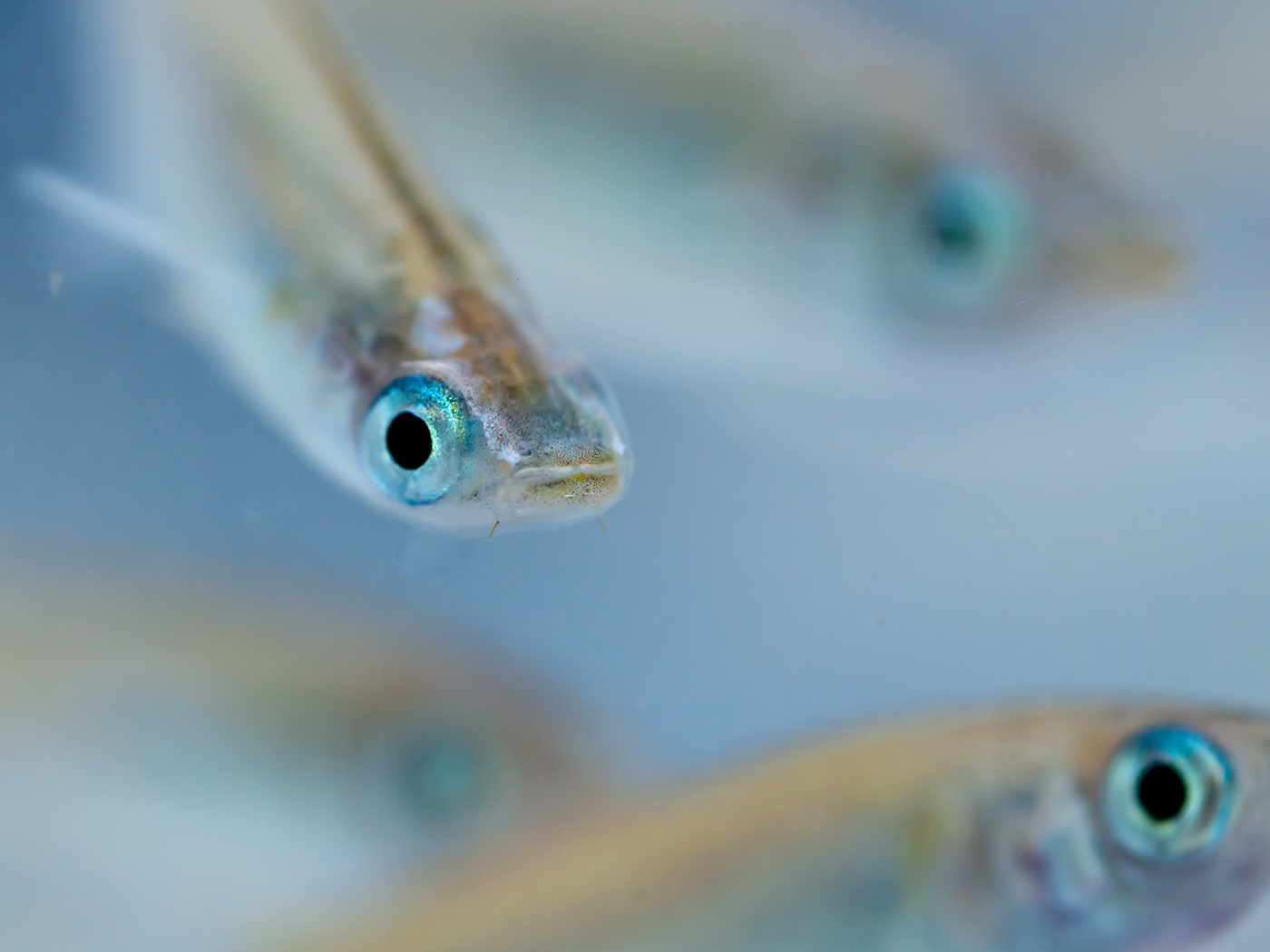Fungal infections can be a pain to eradicate. But new results show why these infections can take an even tighter hold on people or animals that are missing a specific protein. The international research team that discovered this protein, and its importance, named it MelLec. This protein helps fight fungal infections by identifying a specific type of melanin that fungi make. Several aspects of this new discovery fit a creation-based model of creature adaptation.
The journal Nature published the research results.1 Tiny pancake-shaped cells make up blood-vessel walls and produce MelLec. Many copies of MelLec lurk throughout blood vessels and possibly elsewhere, waiting for an invading fungus. As soon as MelLec senses the fungal melanin, it sends a signal inside the cell that summons roaming cells to come manage the invading fungus.
A common fungus named Aspergillis helps keep the earth clean. When an animal dies, this fungus, among others, begins to recycle the fresh carcass. Until it dies, the living animal must keep the fungus at bay. That’s where MelLec comes in. Without MelLec to detect fungi, they could more easily consume animals even while they’re still alive.
A summary of the research by Johns Hopkins Bloomberg School of Public Health molecular microbiologist Arturo Casadevall identifies MelLec as, “A receptor that recognizes melanin and triggers antifungal defenses.”2 Confusingly, the article says that MelLec triggers defense mechanisms in creatures, but its title says that the fungal melanin triggers defense mechanisms. Which one is really the trigger, and does it really matter?
These Darwin dissenters argue that internal mechanisms trigger creature adaptations—not external factors like invading fungus. ![]()
It makes all the difference to the brave group of evolutionists who actually question textbook evolution. They doubt that natural selection has the power to transform creatures as much as Charles Darwin imagined in the 1800s. These Darwin dissenters argue that internal mechanisms trigger creature adaptations—not external factors like invading fungus.
Fungal melanin lies outside the organism, whereas the creature makes MelLec inside itself. If melanin triggers the immune response, then it’s one easy step to assert that melanin exerts selective pressure.
In other words, certain evolutionists sense the need to dig deeper and study how evolution works instead of just assuming that it always works through external factors. These researchers keep finding internal biological sensors like MelLec that respond to specific external factors and initiate pre-planned and appropriate creature adaptations.3
This new search for sensors intrigues creation thinkers like medical doctor Randy Guliuzza. He calls creation-minded biologists to pay close attention to this important debate among evolutionary biologists—a debate that’s splitting that community into two camps.4
Dr. Guliuzza argues that internal mechanisms of adaptation, like biological sensors, comprise a little-explored realm of the life sciences that points to an ingenious Creator. ![]()
Guliuzza argues that internal mechanisms of adaptation, like biological sensors, comprise a little-explored realm of the life sciences that points to an ingenious Creator. After all, could raw melanin ever craft a protein designed to latch onto itself? Does the fungus somehow specify how the host’s sensor should recruit immune cells to the area to manage the fungus? Surely not. The creation option, although unpopular, at least posits a real Designer to explain high-tech design like miniaturized fungal melanin sensors.
Guliuzza recently wrote, “Obviously, sensors play a key role in a design-based, organism-focused framework of adaptability.”5 The discovery of melanin-sensing MelLec aligns with design.
References
- Stappers, M. H. T. et al. 2018. Recognition of DHN-melanin by a C-type lectin receptor is required for immunity to Aspergillus. Nature. 555 (7696): 382-386.
- Casadevell, A. 2018. Melanin triggers antifungal defenses. Nature. 555 (7696): 319-320.
- See quotes in Guliuzza, R. J. 2017. Engineered Adaptability: Adaptability via Nature or Design? What Evolutionists Say. Acts & Facts. 46 (9): 17-19.
- Guliuzza, R. Schism in Evolutionary Theory Opens Creationist Opportunity. Creation Science Update. Posted on ICR.org May 18, 2017, accessed March 6, 2018.
- Guliuzza, R. J. 2018. Creatures’ Adaptability Begins with Their Sensors. Acts & Facts. 47 (3): 17-19.
*Brian Thomas is Science Writer at the Institute for Creation Research.























